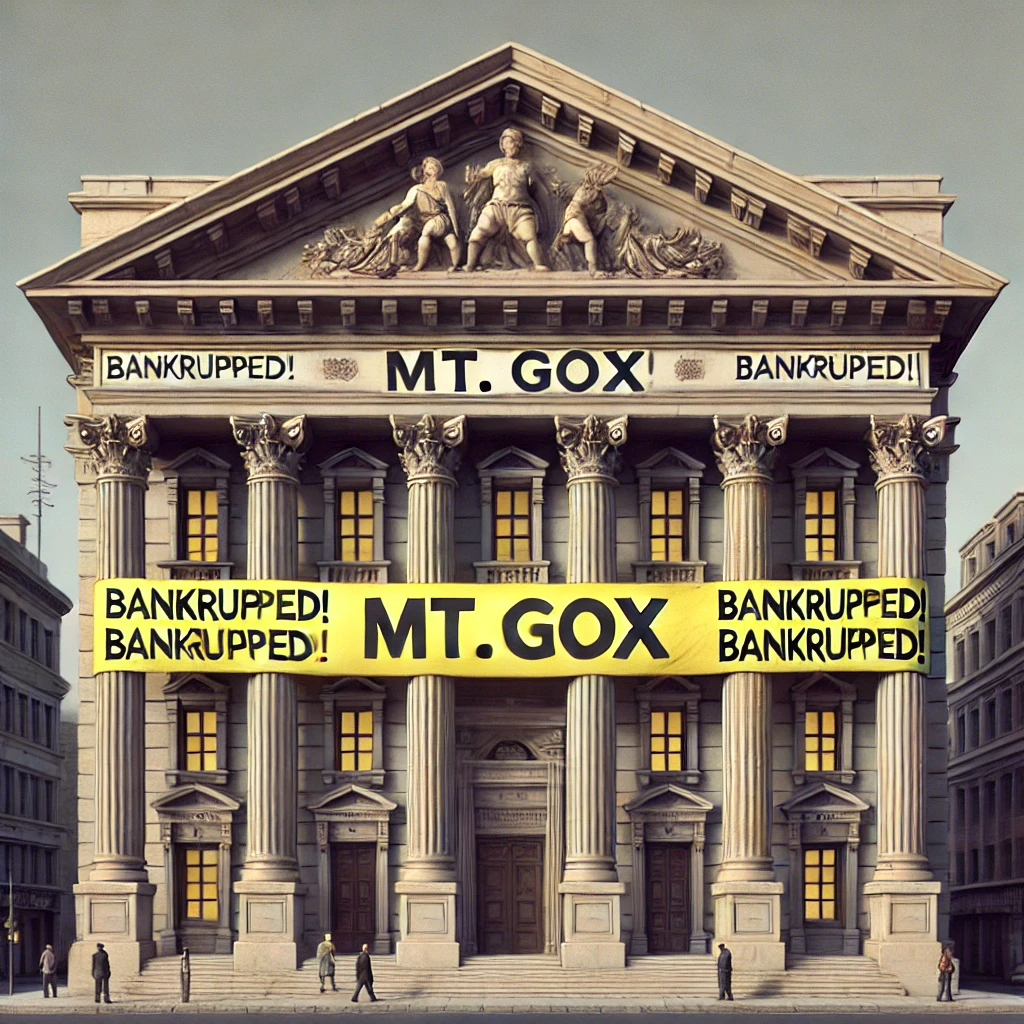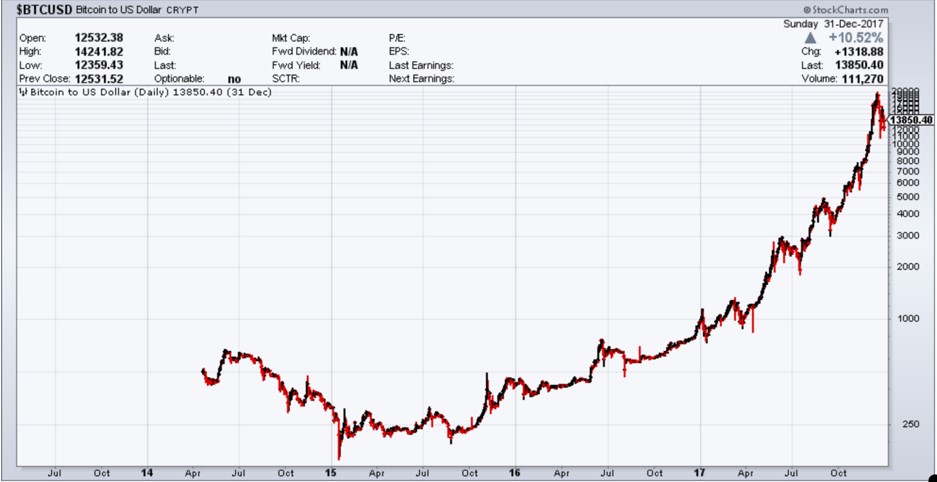Every crypto enthusiast’s journey is marked by several pivotal moments, and the collapse of Mt. Gox is undeniably one of the most dramatic. This event not only altered the fate of Bitcoin but also sounded a warning bell for the entire cryptocurrency industry.
The Rise and Fall of Mt. Gox
Once upon a time, Mt. Gox was the king of the Bitcoin world, handling 70% of global Bitcoin transactions. However, a security breach in 2011 marked the beginning of its downfall, resulting in the loss of 25,000 Bitcoins. At that time, these Bitcoins were worth only a few hundred thousand dollars, but today, their value has skyrocketed to an astonishing $1.4 billion.
Mt. Gox recovered from the security breach, but a catastrophic hack in 2014 dealt the final blow. Around 950,000 Bitcoins were stolen, accounting for 7% of all Bitcoins mined at that point, amounting to $570 million. This incident highlighted the vulnerabilities in the crypto world and underscored the importance of safeguarding digital assets.
The Long Legal Saga
The legal proceedings surrounding the Mt. Gox case were equally dramatic. It took trustees six years to determine which claims were legitimate and which were fraudulent. Ideally, this process should have taken months, not years, but this is Japan we’re talking about. Finally, the Tokyo District Court approved a rehabilitation plan in June last year. After a painful ten-year wait, on Friday, July 5th, some Bitcoin payments began trickling back to Mt. Gox’s former customers.
However, while creditors would receive Bitcoin, they would get a different amount than they initially held on the Mt. Gox exchange. Due to the limited amount of recovered Bitcoins, creditors would receive about 15% of the Bitcoins they had in 2014.
Though this sounds disappointing, these creditors still saw a substantial return considering Bitcoin’s price surge from $600 to around $56,000.
FTX: Another Crypto Drama
If Mt. Gox’s collapse was a tragedy, then the fall of FTX is a dark comedy. Once a shining star in the crypto universe, Sam Bankman-Fried’s empire crumbled in November 2022. Unlike Mt. Gox, the FTX case is handled in the United States, with a comparatively swifter legal process.
Following FTX’s bankruptcy, the U.S. legal system quickly stepped in to protect creditors’ interests. FTX proudly declared that all creditors would be fully compensated, including interest. But the reality is far more complicated. Many of the digital assets recovered by FTX had significantly appreciated. While creditors might be repaid in dollars, their losses in cryptocurrency holdings remain substantial.
From Mt. Gox to FTX: The Future of Cryptocurrency
After weathering these storms, the cryptocurrency market still teems with vitality and opportunity. Although Bitcoin’s price might face short-term selling pressure, its long-term outlook remains promising. For investors, the key takeaway is to learn from history and better protect their digital assets.
Storing cryptocurrencies on the most reliable exchanges or, better yet, in hardware wallets is a golden rule every investor should heed. After all, stories like Mt. Gox and FTX remind us that beneath the glitziest surfaces can lie deep, unseen pitfalls.
Each participant is part of a legend in this grand, tumultuous saga of cryptocurrency. While we can’t predict the future, one thing is sure: the captivating stories of the crypto world will continue to unfold. What surprises and challenges will the next chapter bring? Let’s wait and see.

